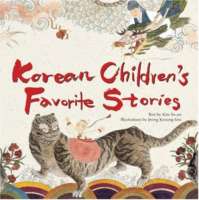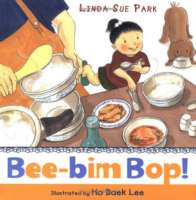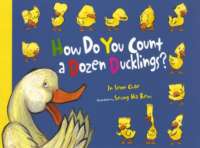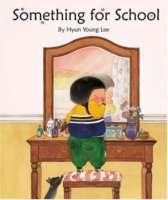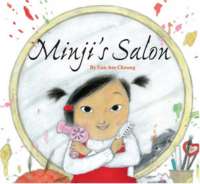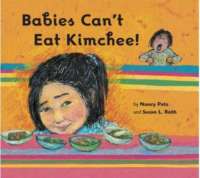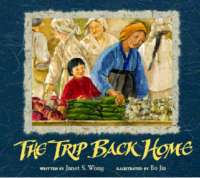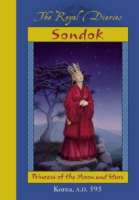
These vividly told tales of plantation life from decades past center around the lives of Marita Kim and her four younger brothers and sisters. The children experience many hardships growing up poor and motherless in a Korean camp in Hawaii, but their stories are full of adventure. In “Joe and the White Dog,” Joe takes Little Sister exploring and loses her… until a mysterious white-haired woman and her friendly dog appear to help. In “The Little People,” fearless six-year-old Puni searches for menehune to grant her wish for a new doll. The stories also provide a poignant look at the family’s daily struggles. In “Plantation Child” we see, through the eyes of Marita, the sacrifices made to pay for a pair of new shoes, the need for thrift and hard work to make ends meet. In “The Pineapple Cannery” we share in Marita’s excitement as she begins a new life working in Honolulu. The last story, “Abuji,” is a tender portrait of the long-widowed father, reminiscing about his youth and his return journey to Korea. Moving from child to child, from story to story, Eve Begley Kiehm brings to life a formative period in the history of Korean Americans in Hawaii.

